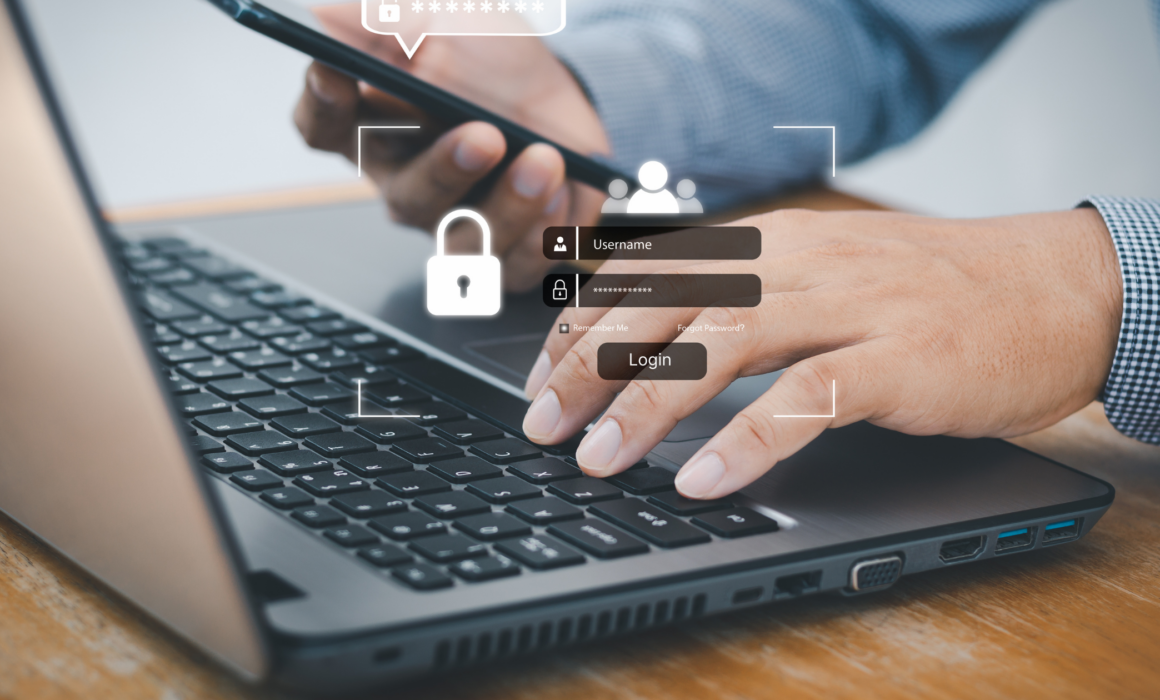Cyberattacks against K-12 schools are increasing, and the attacks are becoming more sophisticated and more difficult to detect. In order to protect student data, schools must take proactive measures. Student records, staff information, financial data, and proprietary research are all valuable targets for cybercriminals. Implementing a zero trust security model can help schools enhance their cybersecurity posture and protect critical information from unauthorized access and breaches.
What is Zero Trust Security?
Zero trust security is a modern cybersecurity approach commonly adopted by businesses and schools, to increase security, protect sensitive information, and prevent cybersecurity attacks. A zero trust approach to cybersecurity is based on the concept of “never trust, always verify.” Unlike traditional security models that attempt to prevent threats from accessing a network, a zero trust philosophy assumes that threats exist both inside and outside the network. Under that assumption, zero trust requires every access request to be verified, based on identity, device security, and other contextual factors, before granting entry to any system. This approach can radically reduce the success of any cyberattack.
Why K-12 Schools Need Zero Trust Security
K-12 schools have become prime targets for cybercriminals, due to their extensive repositories of sensitive data. The Power School breach is a perfect example of how big of an impact cybercrime can have on schools. That one breach was caused as a result of a missed security step inherent in a zero trust ecosystem, the use of which would have rendered the success of such an attack virtually impossible. Instead, the attack resulted in a breach that impacted 62 million current and former students.
Doubtless, K-12 schools struggle with tight budgets and often outdated security infrastructures. But implementing a zero trust approach can help school districts:
- Protect student and staff data: Ensure that personally identifiable information (PII) remains secure.
- Prevent ransomware attacks: Limit lateral movement across networks to reduce the spread of ransomware.
- Comply with data protection regulations: Meet legal requirements, such as FERPA, GDPR, and other data privacy laws.
- Enhance remote learning security: Provide secure access for students and staff logging on to school systems from various locations and devices.
Key Components of a Zero Trust Security Model for Schools
Implementing zero trust security requires a shift in mindset and an investment in IT infrastructure. Schools should focus on the following elements, with no exceptions:
Identity and access management (IAM)
- Enforce multi-factor authentication (MFA) for all users.
- Implement role-based access control (RBAC), to restrict access based on user needs.
- Use single sign-on (SSO) solutions, to streamline authentication securely.
Network segmentation
- Divide the network into smaller, controlled segments, to prevent unauthorized lateral movement.
- Use microsegmentation to isolate sensitive data and restrict access to only those who need it.
Continuous monitoring and threat detection
- Deploy security information and event management (SIEM) systems, to detect anomalies.
- Utilize AI and machine learning tools, to identify and respond to threats in real time.
- Implement endpoint detection and response (EDR) solutions, to secure school devices.
Device security and endpoint management
- Enforce strict device policies that include update and security patch requirements.
- Use mobile device management (MDM) solutions, to control and monitor school-issued devices.
- Require compliance checks before allowing device access to school networks.
Data encryption and secure cloud storage
- Encrypt all stored and transmitted data, to prevent unauthorized access.
- Use cloud security solutions that comply with education-specific regulations.
- Implement strict access controls for cloud-based learning management systems (LMS) and collaboration tools.
User education and security awareness
- Provide cybersecurity training for students, teachers, and staff.
- Conduct regular phishing simulations, to test and improve security awareness.
- Establish clear policies on password management, social engineering threats, and data handling.
Steps to Implement Zero Trust in Schools
In order to implement zero trust in K-12 school districts, school IT leaders must start by assessing their current security postures, identifying vulnerabilities in existing systems and determining risk levels. Once risks have been identified – including risks from third-party vendors the school uses to facilitate curriculum delivery and district management – the following steps can then be used to implement zero trust:
- Develop a zero trust roadmap: Outline the strategy, budget, and timeline for implementing zero trust policies. Create an incident response plan. Spend time educating staff and students about the importance of zero trust, why the approach is being implementing, the types of risks that exist, and how we can all play a role in preventing cyberattacks.
- Adopt a phased approach: Implement zero trust principles in stages, starting with the most critical standards. Use your network assessment to guide your priorities, dealing first with any known vulnerabilities and moving toward a strengthened posture throughout your district network.
- Integrate zero trust with existing infrastructure: Ensure new security measures align with current IT systems and workflows. Establish guidelines for mobile device management, the mandated use of MFA, and the use of passwords and password management tools.
- Shift rostering to a secure, anonymized data exchange: One of the biggest threats facing schools is the number of edtech vendors who have access to PII. Adopting a policy of anonymized data exchange can strengthen your security and protect student data.
- Continuously evaluate and improve: Regularly review policies, monitor threats, and update security measures. Provide ongoing training for staff and teachers. Use that time as an opportunity to teach students, as well as faculty and staff, about the need for zero trust and how they can apply it to their lives outside of school for their personal protection.
As cyber threats continue to evolve, schools must prioritize data protection and cybersecurity. Implementing a zero trust security model ensures that sensitive data remains secure while allowing students and staff to access necessary resources safely. By adopting a never-trust, always-verify approach, schools can create a more resilient and secure learning environment for the future.










